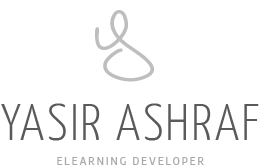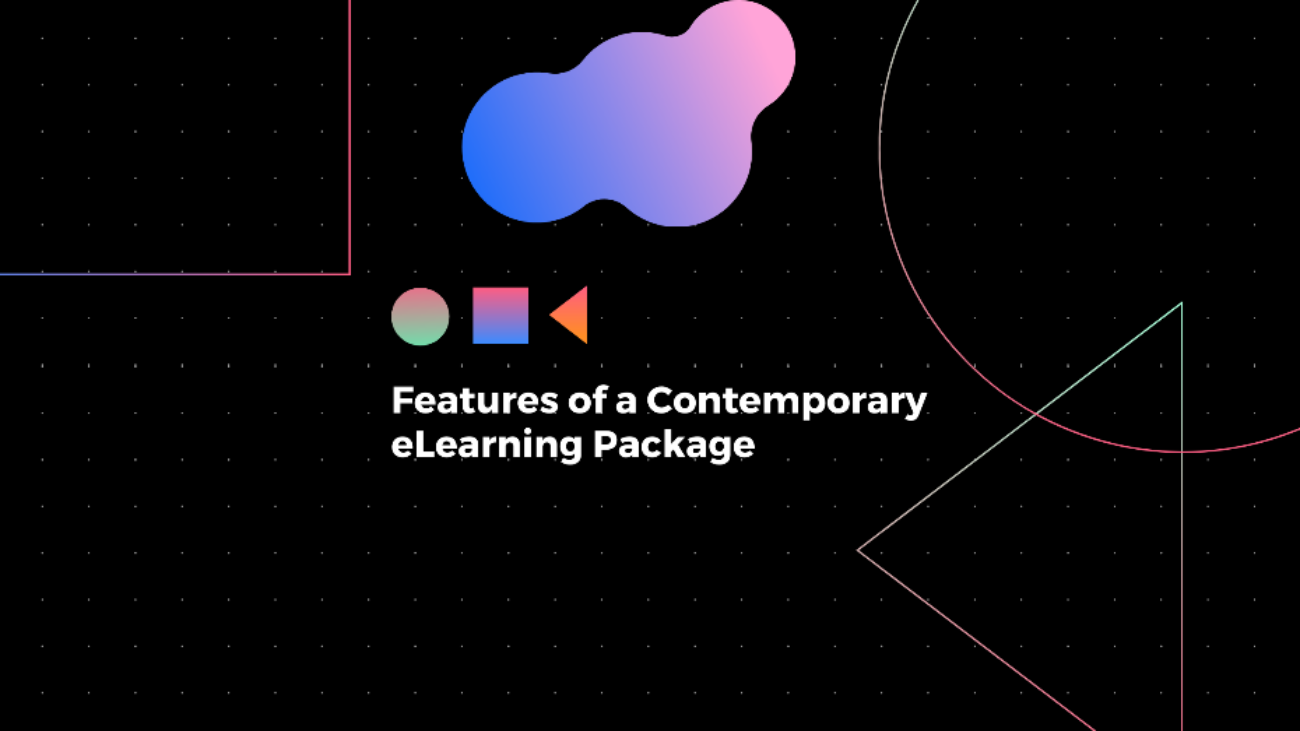Whether you are a corporate L&D professional or a university teacher, one thing you must have definitely realized is that your learner profile has changed drastically during the last decade or so.
A large number of today’s learners hail from the Generation Y or Millenials. These modern learners are markedly different in their attitudes, thinking and overall temperament as compared to their forerunners, the Baby Boomers.
The challenge for eLearning developers is to be acutely aware of the requirements and expectations of the Millenials and design courseware tailored to their unique learning preferences and compel these individuals to genuinely enjoy the experience.
Interactivity
Dated PowerPoint presentations, hand-outs and reams and reams of paper with uninspiring detail are things that modern learners find highly off-putting.
Our learning material should have a generous helping of interactive activities, which trigger the learners to think, absorb and subsequently apply the acquired knowledge. This can be achieved by having relatable real-world scenarios, games, quizzes, social interactions, etc.
Relevance
Like it or not, learners today are not only technically competent but also impatient! They are surrounded by too many digital diversions. Overwhelmed and distracted, their attention is vying between blogs, email, phones, messaging, food ordering, etc. The designer has to firmly understand that the learning package should be laser-focused – containing only relevant and meaningful content.
This can be achieved by:
- Bite-sized pieces of information that the learner can assimilate within 3-10 minutes. Days of hour-long lectures are a distant memory of the past.
- Keep the screen focused on one concept or task at a time. Don’t crowd the display area.
- Have only the most relevant and critical chunks of information, with helpful pointers for additional material if needed by the learners at their own discretion.
- Use strong and attractive visuals to drive the points home.
Aid to Career Advancement
Retaining a technical-savvy young workforce is a challenge in itself. Modern learners are very-career driven and actively seek opportunities for quick advancement. Courseware should highlight the sense of achievement and purpose for the learners to make them stay relatively long-term with the employer. To achieve this:
- The eLearning material should encourage the learners to actively exercise their creative and analytical skills.
- Judiciously use Badges as reward as well as progressive levels to fulfill the learners’ sense of achievement.
- Course content should be up-to-date so that learners can augment their marketable skills set.
- Content customization to dovetail with the learners’ career progression.
Informal and Fun
The Millenials are more attuned in expressing their thoughts simply and briefly (think status updates and DM). Courseware should encourage the learners to express themselves in a informal and conversational fashion.
Furthermore, strategic use of games brings a breath of fresh air in explaining complex concepts, specially for Millenials who have grown up playing video games.
Mobile-friendly and Adaptable
Modern learners demand timely and relevant content, as and when they need it. Instead of binding the learners to their desks, designers should come up with material available on the go.
- Courseware should not be restricted to specific devices as it may discourage the modern learner from taking the courses in the first place!
- Responsive web design and choice of flexible LMS are very important to facilitate learning on the go.
- Easily-digestible information chunks are paramount so that the learner is motivated to learn even during lunch-hour or in the bus on the way to the office or university.
These new types of learners are fast replacing the older generation and eLearning designers should fully understand their unique mindsets, expectations and overall lifestyles to successfully create modules suitable for their consumption.


